Technique
The icon of African cultural heritage around the world, Akan kente is identified by its dazzling, multicolored patterns of bright colors, geometric shapes, and bold designs. Kente characterized by weft designs woven into every available block of plain weave is called adweneasa. The Akan people choose kente cloths as much for their names as their colors and patterns. Although the cloths are identified primarily by the patterns found in the lengthwise (warp) threads, there is often little correlation between appearance and name. Names are derived from several sources, including proverbs, historical events, important chiefs, queen mothers, and plants.
Application
It is an Akan royal and sacred cloth traditionally worn only in times of extreme importance and was the cloth of kings. Over time, the use of kente became more widespread. However, its importance has remained and it is held in high esteem with Akans.
Meaning & Symbols
Meanings of the colors in kente cloth:
black: maturation, intensified spiritual energy
blue: peacefulness, harmony and love
green: vegetation, planting, harvesting, growth, spiritual renewal
gold: royalty, wealth, high status, glory, spiritual purity
grey: healing and cleansing rituals; associated with ash
maroon: the color of mother earth; associated with healing
pink: assoc. with the female essence of life; a mild, gentle aspect of red
purple: assoc. with feminine aspects of life; usually worn by women
red: political and spiritual moods; bloodshed; sacrificial rites and death.
silver: serenity, purity, joy; associated with the moon
white: purification, sanctification rites and festive occasions
yellow: preciousness, royalty, wealth, fertility, beauty
A variety of kente patterns have been invented, each of which has a certain concept or concepts traditionally associated with it. For example, the Obaakofoo Mmu Man pattern symbolizes democratic rule; Emaa Da, novel creativity and knowledge from experience; and Sika Fre Mogya, responsibility to share monetary success with one's relations.
Origin
Legend has it that kente was first made by two Akan friends who went hunting in an Asanteman forest found a spider making its web. The friends stood and watched the spider for two days then returned home and implemented what they had seen.
West Africa has had a cloth weaving culture for centuries via the stripweave method, but Akan history tells of the cloth being created independent of outsider influence. Kente cloth has its origin in the Ashanti kingdom, and was adopted by people in Ivory Coast and many other West African countries. The origin of kente is in the Akan empire of Bonoman. Most Akans migrated out of the area that was Bonoman to create various states.


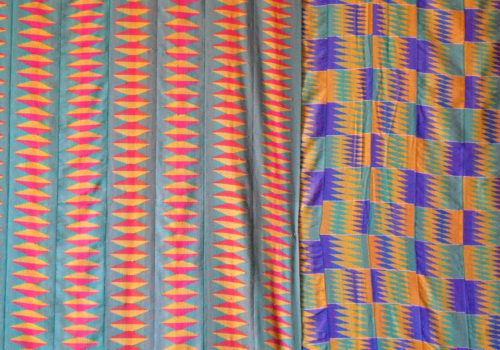
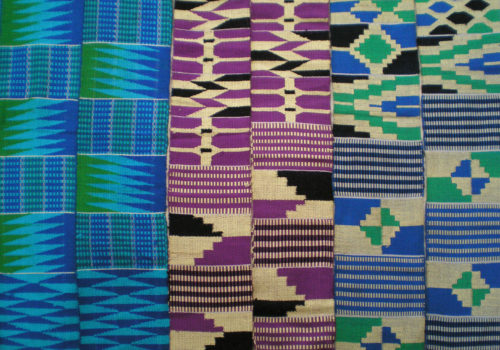

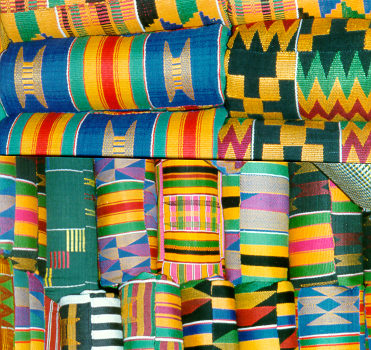
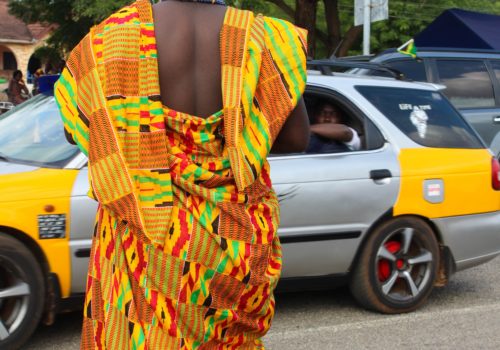

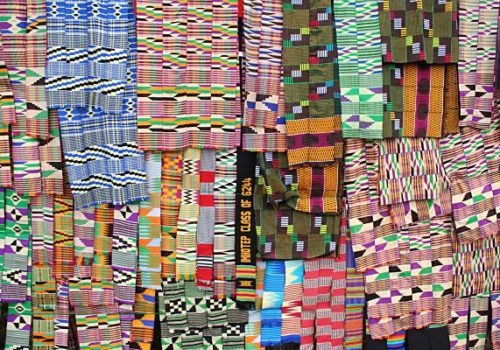

16 thoughts on “Kente”
Comments are closed.